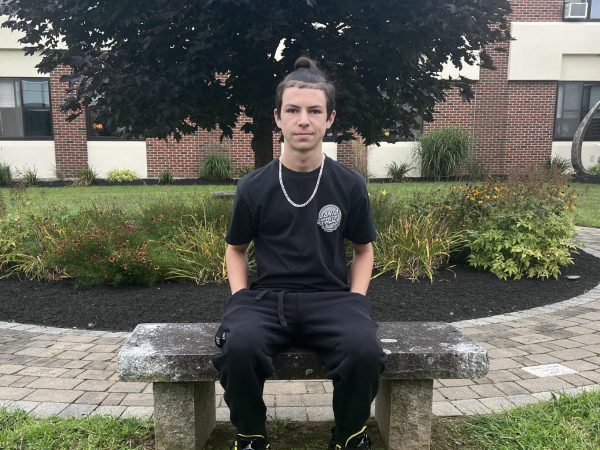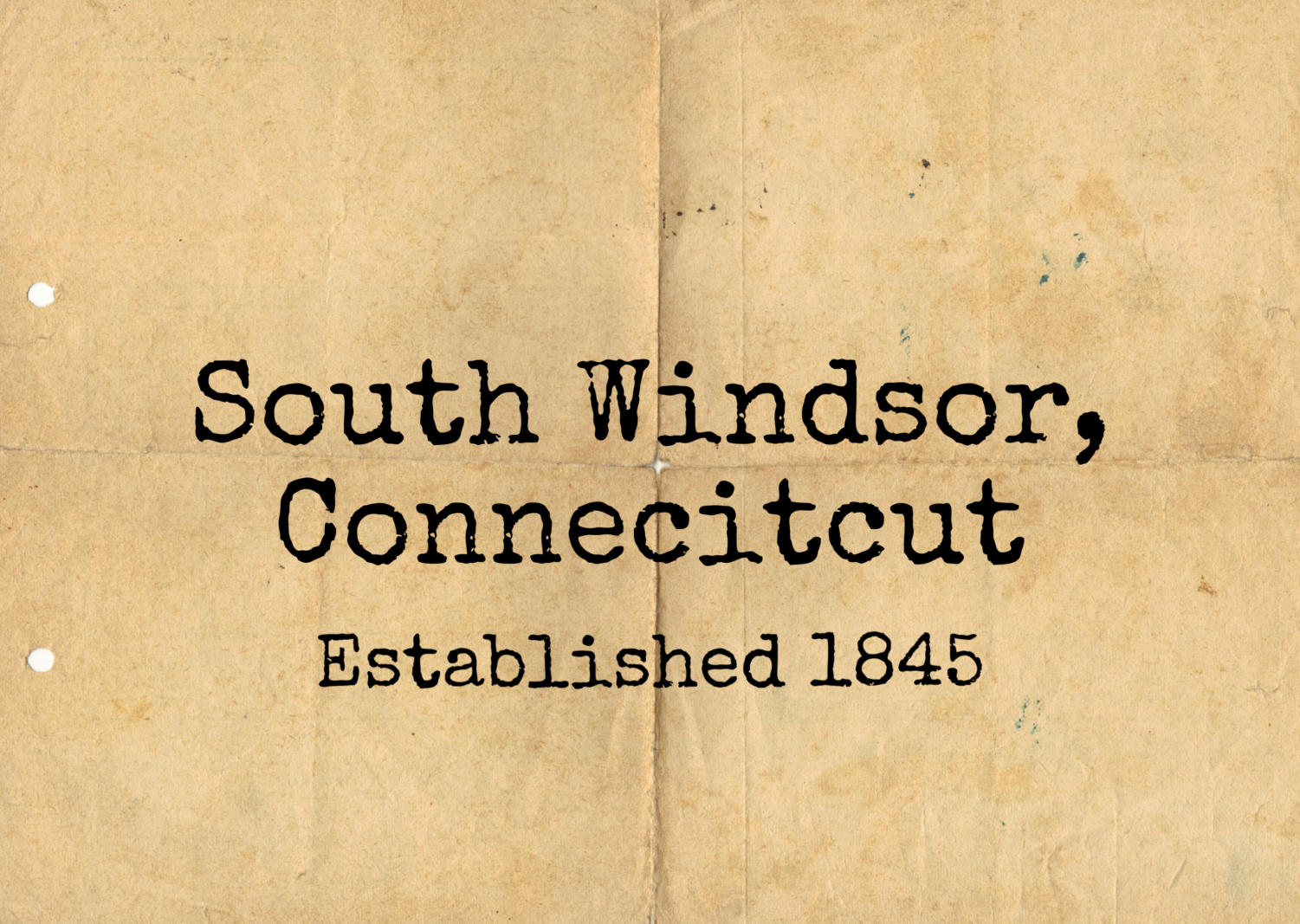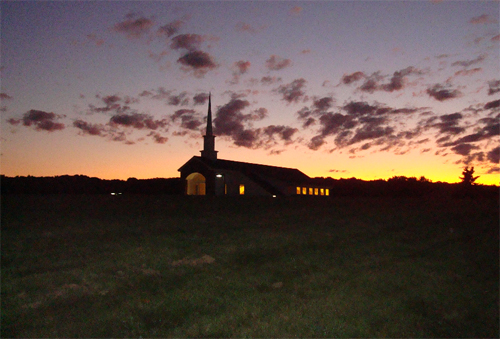South Windsor, founded in 1633, and later established as its own town in 1845, may not seem all that historic, but with a closer look, you may stumble upon some of the historic sites that are still standing. Let this article be your guide to visiting South Windsor’s historical sites.
Starting off this list is the Pleasant Valley Schoolhouse, located at 771 Ellington Road, is a former one-room schoolhouse, built in 1862 (now a museum of South Windsor’s history). This building was used as a school up until 1952, until the building was later renovated and expanded to accommodate the current museum. This building is currently owned by the South Windsor Historical Society. The Pleasant Valley Schoolhouse is the only old district schoolhouse left in South Windsor that has not been demolished or converted to a home.
Moving on, another district school that still stands, built in 1905, is the Union District School, located at 771 Main Street, was once the most modern school building in Connecticut; however, the most notable factor about this building is the common belief that the building is haunted. People have claimed to hear little girls singing in the union school’s boiler room. People have also claimed to hear the language of the Native Americans that once lived here throughout the school. Back in 2007, the South Windsor Historical Society bought the building for the price of $1. Currently, the Union School is under construction, with a price of $5 million dollars… from rags to riches as some may say about this building.
Let’s take a look at the Elmore-Burnham House, located 78 Long Hill Road. Built in 1861 by a family member of the Elmore family, the original plan was for this to be a one-story gambrel roofed house. Sally Elmore Burnham moved into the house, then, in the 1840’s, her nephew Timothy renovated the house to enlarge it, and also altered the house to a Greek Revival Style home. The house remained in the family until 1973. Currently, a family does reside in the house.
A stroll across the street brings you to the Harvey Elmore House, at 87 Long Hill Road, built after the Elmore-Burnham house in 1843 as a Greek Revival Style home. The Elmore family settled in the Long Hill area. Harvey Elmore, who built the house, and lived in the house married Clarissa Burnham in 1830, and raised two children. Harvey and Clarissa’s daughter Mary Janette Elmore, lived in the house until her death in 1922. After her passing, reminisces which were written when she was 80 were found in the house’s attic. The Janette Elmore papers contain extensive notes on the genealogy and life of the Hayes family and neighbors, correspondence concerning family data, and newspaper articles and obituaries. A family currently resides at the home.
What would this guide be without a three-story mansion? Great thing South Windsor has the John Watson House, located at 1876 Main Street. The mansion was Built in 1789 for John Watson, who was a prominent local merchant and farmer. John Watson would live in this house with his family until his death in 1824, in which his wife Anna Bliss would continue to live in the home, until her death in 1827. The Watson house stayed within the family until 1848, when the Bancroft family acquired the mansion. The Watson house still remains standing after being purchased in 2014 for almost $400,000.
Next on our list is a less commonly known site, The Commodore Charles Green House, 660 Main Street. Built in 1851,and designed by architect AJ Davis in a Gothic Revival style, it was home to Commodore Charles Green who was a naval officer who captured a Confederate blockade runner during the Civil War. The home stayed in the Green family until 1963 when it was sold to the Mahr family. Like most of the other homes on this list, a family does currently reside at this home.
Finishing off our little historical trip, we find ourselves at the East Windsor Hill Post Office, 1865 Main Street. Built in 1757, over the years the building has housed a handful of small businesses, then in 1783 it received its first government post rider, and became the home to the East Windsor Hill Post Office in 1837, and currently is still an operating post office. It is one of the oldest continuously operated post offices in the country.
Now that we have learned about all these amazing historical places in South Windsor, this is your sign to take a little trip through history and take a ride and see the history South Windsor has to offer.





